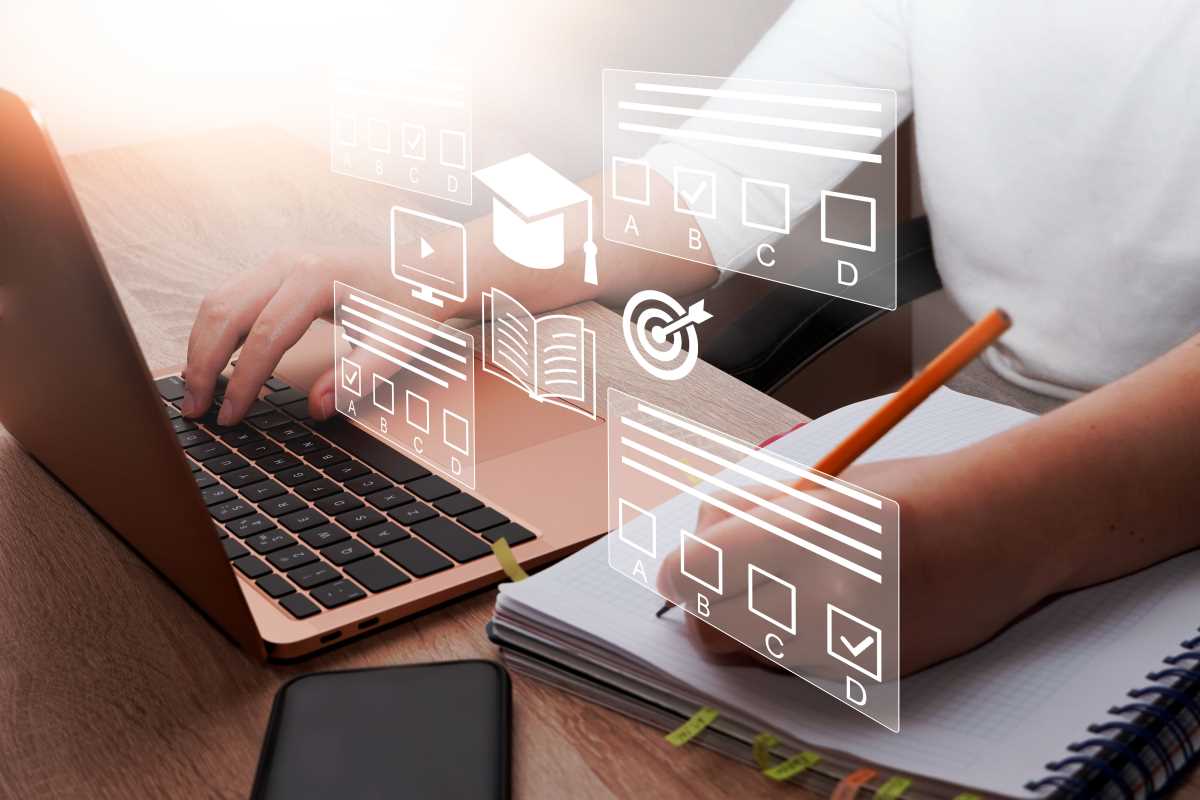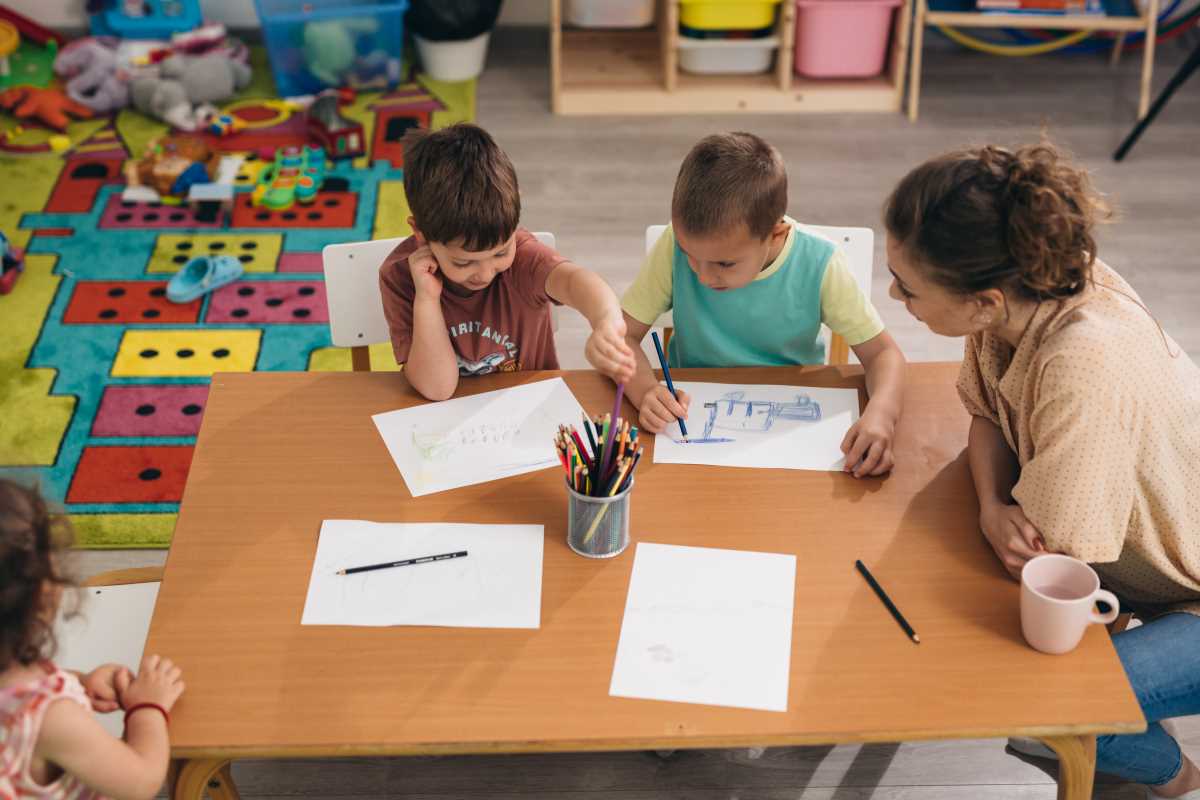Classrooms today are undergoing a remarkable transformation, shifting away from traditional tools like chalkboards and paper worksheets toward immersive, tech-driven learning environments. Instead of simply listening to lectures, students now interact with lessons through touchscreens, virtual simulations, and digital collaboration tools. This evolution isn’t science fiction—it’s the new reality in many modern schools. Technology has become a powerful catalyst for change, redefining how education is delivered and experienced. By integrating innovations like virtual reality, AI tutors, and gamified learning, educators are creating dynamic spaces that spark curiosity, boost engagement, and prepare students for a world where digital skills are essential.
The Evolution of Classroom Technology
Classroom technology has come a long way from the days of overhead projectors and VHS tapes. The integration of digital tools began with simple computer labs and has now evolved into fully connected smart classrooms. Early educational technologies focused primarily on delivering content, but today's innovations emphasize interactivity and personalized learning experiences.
With the advent of the internet and mobile devices, students now access information and collaborate in dramatically different ways. Teachers utilize a variety of digital resources to enhance their teaching methods, making lessons more dynamic and tailored to individual student needs. This shift improves engagement and creates a more inclusive learning environment.
Key Technologies Changing Education
- Interactive Whiteboards: These replace traditional chalkboards, allowing teachers to display multimedia content, save notes, and interact with digital resources in real-time.
- Virtual Reality (VR) and Augmented Reality (AR): VR and AR provide immersive learning experiences, enabling students to explore historical sites, conduct virtual science experiments, and visualize complex concepts in 3D.
- Learning Management Systems (LMS): Platforms like *Google Classroom* and *Canvas* streamline the distribution of assignments, grading, and communication between teachers and students.
- Artificial Intelligence (AI) Tutors: AI-powered tools offer personalized tutoring and support, adapting to each student's learning pace and style to provide customized assistance.
- Gamification Tools: Incorporating game elements into lessons increases motivation and makes learning more enjoyable, encouraging students to engage deeply with the material.
Benefits of Next-Gen Classroom Technologies
Next-gen technologies bring a myriad of benefits to the educational ecosystem. One of the most significant advantages is the ability to personalize learning. With AI tutors and adaptive learning platforms, students receive tailored instruction that meets their unique needs, which helps them grasp difficult concepts more effectively.
These technologies promote collaboration and communication. Tools like interactive whiteboards and LMS platforms enable seamless interaction between students and teachers, as well as among peers. This interconnectedness enhances the learning experience and prepares students for the collaborative nature of the modern workplace.
Challenges in Implementing Technology in Classrooms
- Cost: High-quality technology often comes with a hefty price tag, which makes it challenging for schools with limited budgets to implement these tools effectively.
- Training: Teachers need adequate training to utilize new technologies proficiently. Without proper support, even the best tools can be underused or misused.
- Access and Equity: Ensuring that all students have equal access to technological resources presents a significant hurdle, especially in underfunded schools or diverse communities.
- Technical Issues: Reliance on technology introduces the potential for technical glitches, which can disrupt the learning process and cause frustration for both teachers and students.
Future Trends in Classroom Technology
The future of classroom technology looks promising, with several trends set to further revolutionize education. One such trend involves the increased use of AI and machine learning to create even more personalized learning experiences. These technologies analyze student performance in real-time, adjusting lessons to better suit individual progress and understanding.
Another emerging trend includes the integration of Internet of Things (IoT) devices in classrooms. Smart sensors and connected devices monitor and adjust the learning environment for optimal comfort and efficiency. The continued development of VR and AR will likely result in more sophisticated and accessible immersive learning tools, making complex subjects easier to understand and more engaging.
Embracing these technologies requires schools to stay informed and adaptable. By investing in the right tools and providing ongoing support and training for educators, schools can overcome challenges and fully benefit from next generation educational technologies.
Next-generation technologies are reshaping education, making learning more engaging and personalized. By staying informed and proactive, schools can unlock their full potential to prepare students for the future.







.jpg)